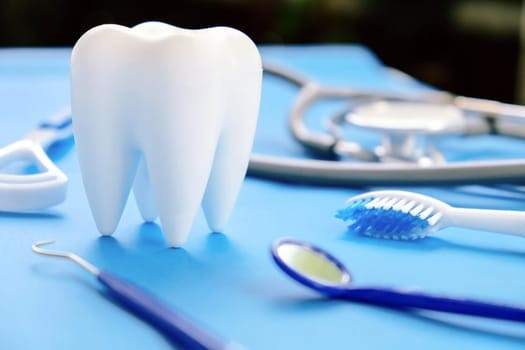Extractions
Tooth extractions, while often associated with apprehension, are routine dental procedures designed to address various oral health issues and alleviate pain. Understanding the reasons behind extractions, the process involved, and the aftercare can help ease concerns and ensure a smooth experience for individuals facing this common dental procedure.
Common Reasons for Tooth Extractions:
Dentists may recommend tooth extractions for various reasons, including severe decay, advanced gum disease, overcrowding, impacted wisdom teeth, or trauma. Extraction becomes a necessary step when preserving a tooth compromises overall oral health.
The Extraction Process:
Before the extraction, the dentist will typically administer local anesthesia to numb the surrounding area, ensuring a painless experience. In more complex cases or for anxious patients, sedation options may be considered. The dentist then carefully loosens the tooth using specialized instruments before gently removing it. Post-extraction, a small amount of bleeding is normal, and the dentist may place a gauze pad to facilitate clot formation.

Recovery and Aftercare:
After a tooth extraction, following the dentist's post-operative care instructions is crucial for a smooth recovery. Patients are usually advised to avoid vigorous activities, refrain from smoking, and follow a soft diet during the initial healing period. Pain management may involve over-the-counter pain relievers, and any prescribed antibiotics should be taken as directed to prevent infection.
Replacing Extracted Teeth:
In some cases, especially when extracting a visible tooth, discussions about tooth replacement options may follow. Dental implants, bridges, or partial dentures are common solutions to restore both functionality and aesthetics.
Potential Complications and Precautions:
While tooth extractions are generally safe, complications such as dry socket (incomplete clot formation) or infection may arise. Following post-operative instructions, avoiding tobacco use, and maintaining good oral hygiene help minimize these risks. Immediate reporting of unusual symptoms to the dentist is crucial for prompt intervention.
Emphasizing Preventive Dentistry:
Preventing the need for extractions is an essential aspect of maintaining oral health. Regular dental check-ups, good oral hygiene practices, and timely intervention for dental issues can often circumvent the need for extractions.
In conclusion, tooth extractions are common dental procedures aimed at preserving overall oral health and relieving discomfort. With proper care and adherence to post-operative instructions, individuals can navigate tooth extractions with minimal stress, paving the way for a healthy and pain-free oral future.



